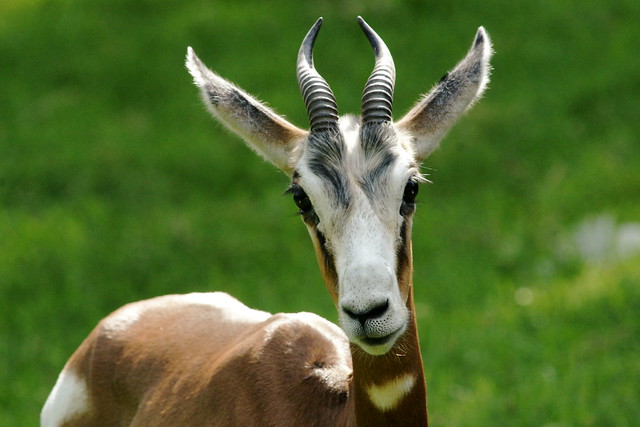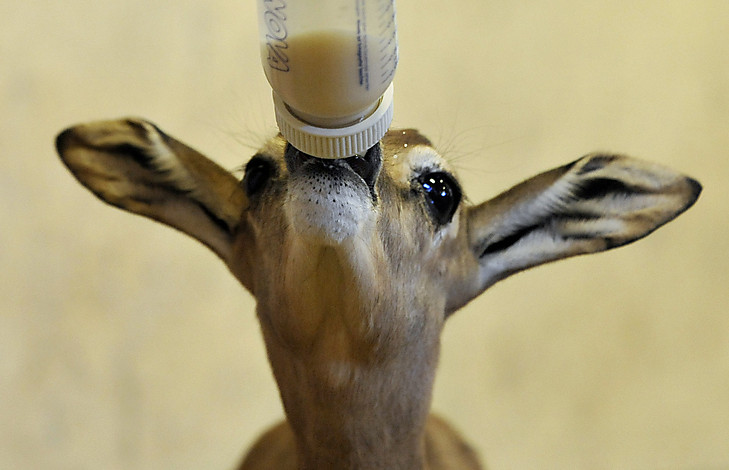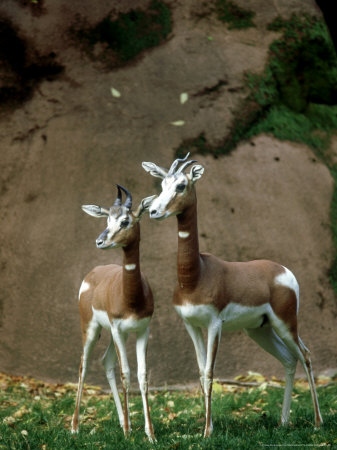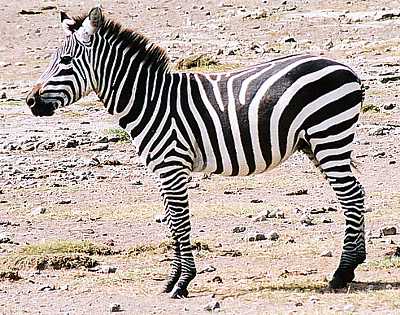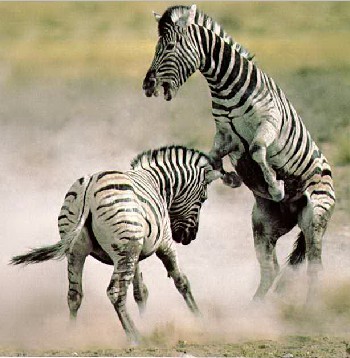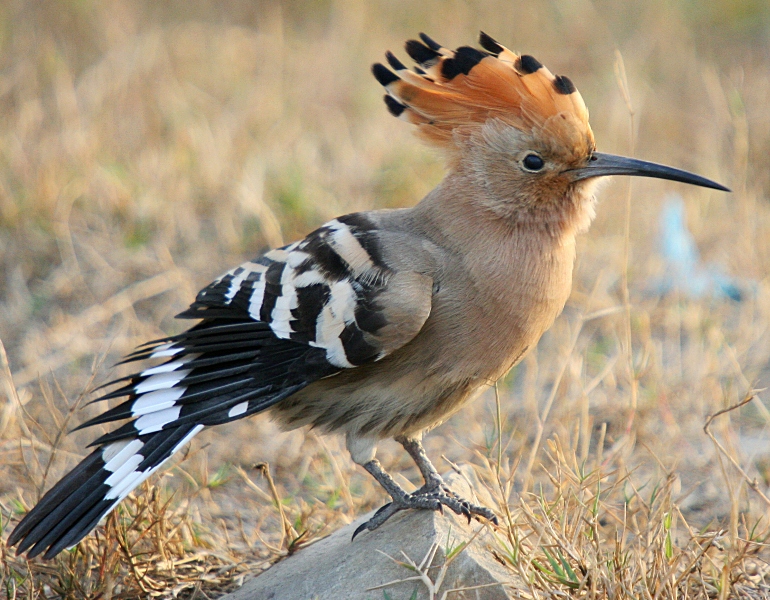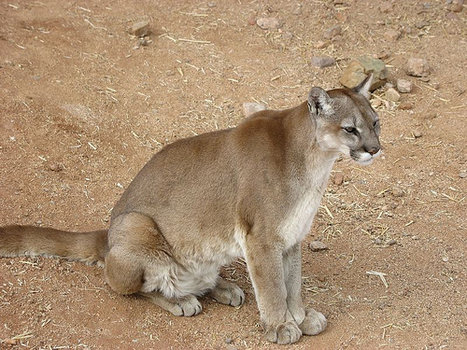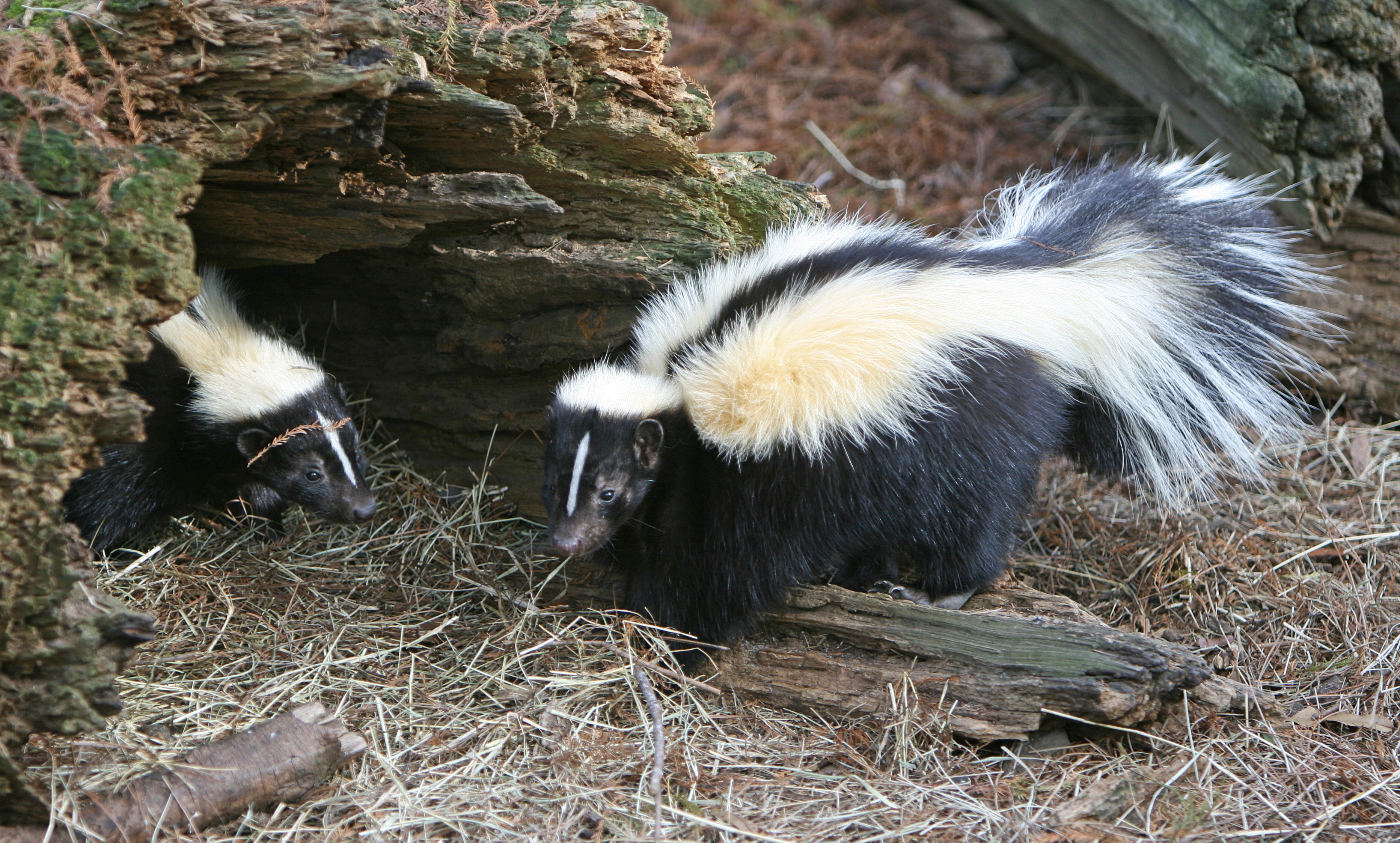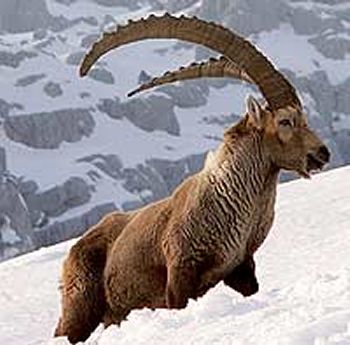All Gourami species originate from Africa and Asia, and there are approximately 12 different Gourami species frequently kept in aquariums today. Many of the Gourami species can be found in several different colour variations. The Gourami species named Osphronemus goramy is considered the “true Gourami”.
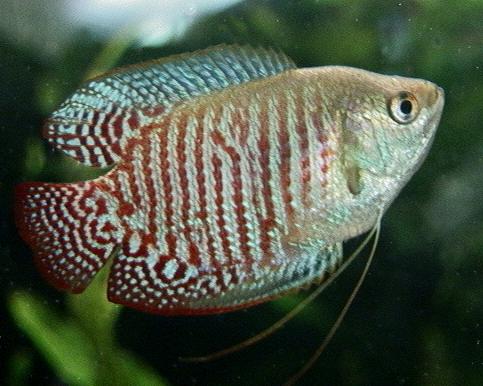
wallpapers of animal gouramis fish photos
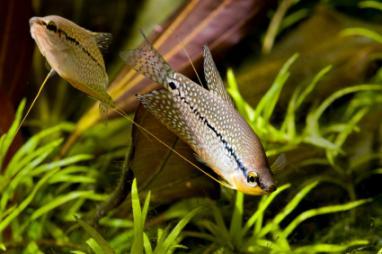
free downloading of pearl gouramis fish wiki

pictures of animal dwarf gouramis fish habitat

latest images of animal paradise gourami fish gallery

different types of gourami fish youtube
It originates from Indonesia, but is today found wild in Chinese and South Asian waters as well. It has been deliberately introduced by man and is considered a delicates. Osphronemus goramy is sometimes called Giant Gourami, since it grows very fast and can exceed 60 centimetres / 2 feet in length, it can live for 25 years or longer in captivity. It comes as no surprise that other Gourami species than the “True Gourami” are more popular as house pets today.
Helostoma temmincki, the Kissing Gourami, is the most popular Gourami species among aquarists. It seldom grows bigger than 25 centimetres / 10 inches. The so called Talking Gourami, Trichopsis vittatus, is an even better choice if you have a smaller aquarium since it will stay around 5 centimetres / 2 inches. The Talking Gourami is also called the Croaking Gourami, since the male fish produces a croaking sound when it surfaces during the night to breed oxygen from the air. If you want a somewhat larger Gourami in your aquarium, the Moonlight Gourami (Trichogaster microlepis ) is a good option. It is comparatively easy to care for and typically reaches a length of 15 centimetres / 6 inches.
A majority of the Gourami species appreciates the same type of living condition, since there do exists a few differences between the species regarding preferred water temperature, pH-value, diet requirements etcetera it is always recommended to do some reading regarding your particular Gourami species as well. Generally speaking, Gouramis will do well in water temperatures around 24 – 26 degrees C (74 – 79 degrees F). When it comes to pH-values, neutral or slightly acidic water will be best for the Gourami. Gouramis also prefer to be kept in relatively soft water.cute pics of deers...

wallpapers of animal gouramis fish photos

free downloading of pearl gouramis fish wiki

pictures of animal dwarf gouramis fish habitat

latest images of animal paradise gourami fish gallery

different types of gourami fish youtube
It originates from Indonesia, but is today found wild in Chinese and South Asian waters as well. It has been deliberately introduced by man and is considered a delicates. Osphronemus goramy is sometimes called Giant Gourami, since it grows very fast and can exceed 60 centimetres / 2 feet in length, it can live for 25 years or longer in captivity. It comes as no surprise that other Gourami species than the “True Gourami” are more popular as house pets today.
Helostoma temmincki, the Kissing Gourami, is the most popular Gourami species among aquarists. It seldom grows bigger than 25 centimetres / 10 inches. The so called Talking Gourami, Trichopsis vittatus, is an even better choice if you have a smaller aquarium since it will stay around 5 centimetres / 2 inches. The Talking Gourami is also called the Croaking Gourami, since the male fish produces a croaking sound when it surfaces during the night to breed oxygen from the air. If you want a somewhat larger Gourami in your aquarium, the Moonlight Gourami (Trichogaster microlepis ) is a good option. It is comparatively easy to care for and typically reaches a length of 15 centimetres / 6 inches.
A majority of the Gourami species appreciates the same type of living condition, since there do exists a few differences between the species regarding preferred water temperature, pH-value, diet requirements etcetera it is always recommended to do some reading regarding your particular Gourami species as well. Generally speaking, Gouramis will do well in water temperatures around 24 – 26 degrees C (74 – 79 degrees F). When it comes to pH-values, neutral or slightly acidic water will be best for the Gourami. Gouramis also prefer to be kept in relatively soft water.cute pics of deers...
